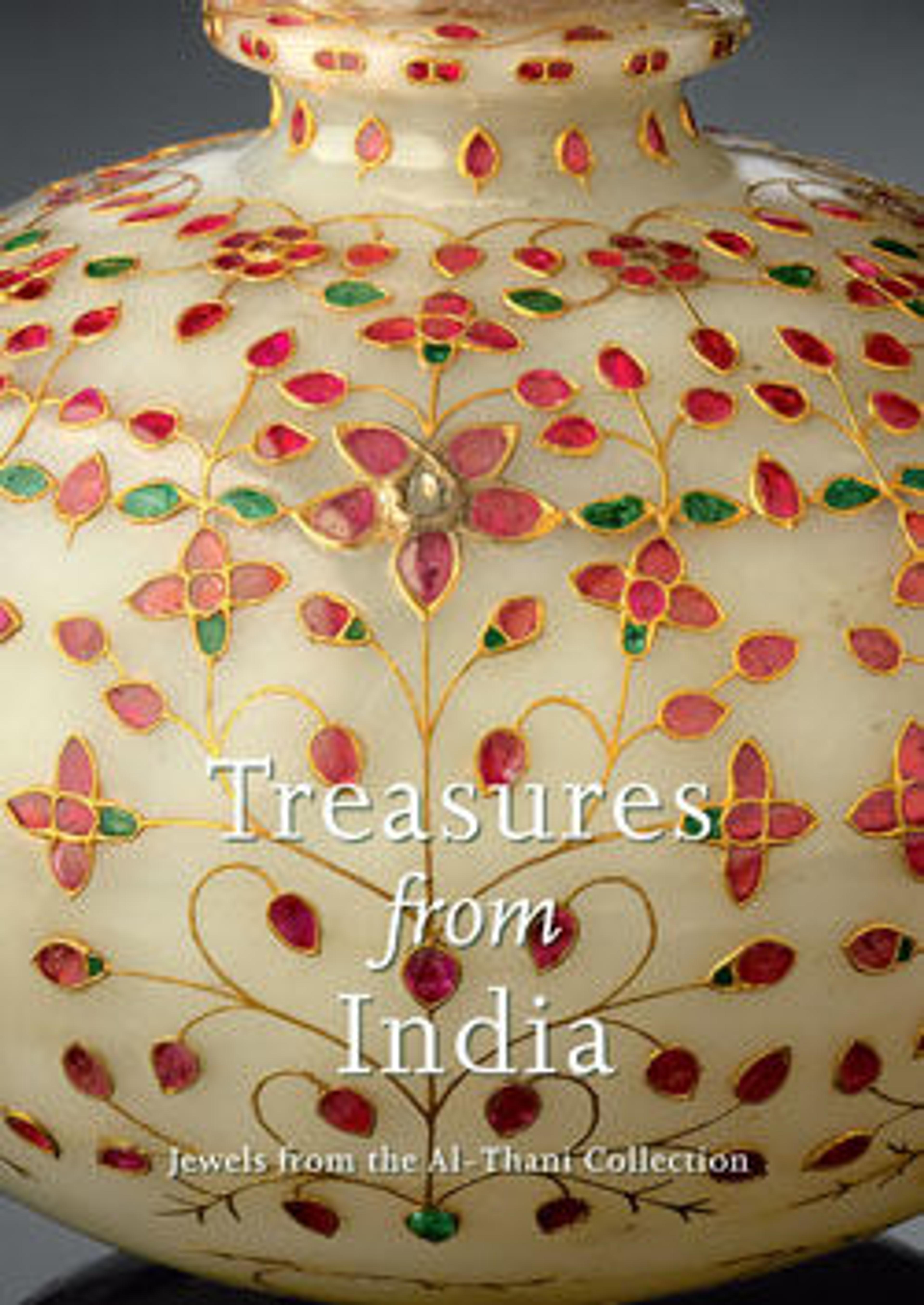"Akbar With Lion and Calf", Folio from the Shah Jahan Album
This posthumous portrait of Akbar incorporates the Elizabethan-derived motif of a lion and calf living in peace under the emperor’s benign rule. Govardhan, a master of psychological portraiture, has given the calf an air of meek nervousness, as expressed in its sideways glance and lowered ears, due no doubt to the proximity of the lion’s visible teeth. Cherubs above and a Netherlandish background add cosmopolitan touches in vogue at the time.
Artwork Details
- Title: "Akbar With Lion and Calf", Folio from the Shah Jahan Album
- Artist: Painting by Govardhan (active ca. 1596–1645)
- Calligrapher: Mir 'Ali Haravi (died ca. 1550)
- Date: verso: ca. 1630; recto: ca. 1530–50
- Geography: Attributed to India
- Medium: Ink, opaque watercolor, and gold on paper
- Dimensions: H. 15 5/16 in. (38.9 cm)
W. 10 1/8 in. (25.7 cm) - Classification: Codices
- Credit Line: Purchase, Rogers Fund and The Kevorkian Foundation Gift, 1955
- Object Number: 55.121.10.22
- Curatorial Department: Islamic Art
More Artwork
Research Resources
The Met provides unparalleled resources for research and welcomes an international community of students and scholars. The Met's Open Access API is where creators and researchers can connect to the The Met collection. Open Access data and public domain images are available for unrestricted commercial and noncommercial use without permission or fee.
To request images under copyright and other restrictions, please use this Image Request form.
Feedback
We continue to research and examine historical and cultural context for objects in The Met collection. If you have comments or questions about this object record, please contact us using the form below. The Museum looks forward to receiving your comments.
